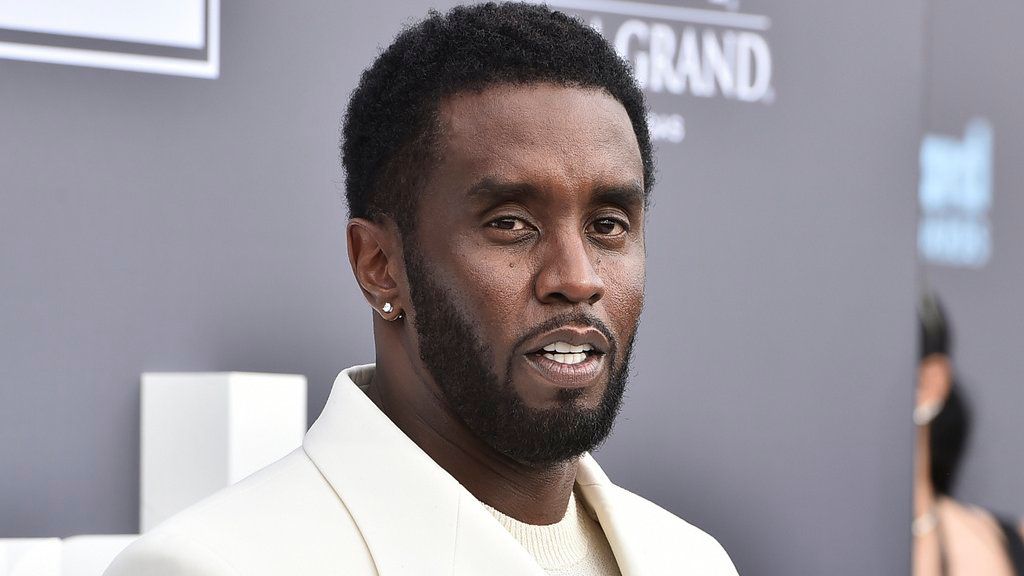Paul Tudor Jones II, one of the most iconic hedge fund managers of all time, remains a towering figure in both finance and philanthropy in 2025. With a current net worth of $8 billion, the 70-year-old investor has not only amassed one of the most successful trading records in history, but he’s also channeled his wealth into transformative social causes. Known for his market foresight, bold trades, and disciplined risk management, Jones is more than just a billionaire—he’s a thought leader who has helped redefine the purpose of capital in modern society.
Humble Beginnings and a Relentless Rise
Born on September 28, 1954, in Memphis, Tennessee, Paul Tudor Jones grew up in a middle-class family. His father published a financial and legal journal, which likely sparked Jones’s early curiosity about markets. He went on to earn a degree in economics from the University of Virginia in 1976. While he was accepted into Harvard Business School, Jones famously turned it down, opting to gain real-world experience instead.
That decision led him to the floor of the New Orleans cotton exchange, where he learned discipline and technical trading under the mentorship of Eli Tullis. These formative years shaped the principles he would later bring to global financial markets.
Building Tudor Investment Corporation
In 1980, Jones founded his own trading firm, and by 1984, he established Tudor Investment Corporation, which would eventually become one of the most successful hedge funds in the world. His moment of legendary status came during Black Monday in October 1987, when the stock market crashed 22% in one day. Jones had anticipated the drop and reportedly tripled his capital during that period by shorting equities—an astonishing feat that cemented his reputation.
Known for a unique blend of technical analysis, macroeconomic forecasting, and strict risk management, Jones built his firm with the mantra: “Only risk what you can afford to lose.” This disciplined approach helped Tudor Investment avoid any losing years for its first two decades—an unheard-of record in the volatile world of hedge funds.
Even in recent years, Jones remains a respected voice in finance. His market calls, though infrequent, are still highly influential, with investors and analysts paying close attention whenever he speaks.
The “Trader” Documentary
Jones’s fame grew further with the release of “Trader” in 1987, a PBS documentary that captured his daily life, trading insights, and market forecasts—just ahead of the Black Monday crash. Although Jones later tried to pull the film from public view due to privacy and strategy concerns, it remains an iconic piece of financial history and is still available online. The film showcased not only his technical abilities but also his intense focus and emotional control—traits that set him apart from his peers.
Philanthropy: The Robin Hood Foundation and Beyond
In 1988, riding high from his Wall Street success, Jones launched the Robin Hood Foundation, one of the first philanthropic organizations to use financial metrics to guide charitable decisions. The foundation has since directed over $3 billion toward fighting poverty in New York City, funding education, job training, housing, and food security initiatives.
Jones didn’t stop there. His passion for environmental conservation led him to create the Everglades Foundation in 2004 to help restore Florida’s delicate ecosystem. He also co-founded the Apollo Alliance to promote sustainable energy and environmental policy.
His commitment to education can be seen in his support for Excellence Charter School (now part of Uncommon Schools) in Brooklyn, New York. This school focuses on delivering high-quality education in underserved communities, with Jones emphasizing a data-driven, results-oriented approach that mirrors his investment philosophy.
Redefining Capitalism
Over time, Jones has shifted from being a pure capitalist to someone deeply interested in reforming the system he mastered. In 2013, he co-founded JUST Capital, an organization that ranks companies based on how well they treat employees, the environment, and their communities—not just shareholders.
Through public talks and essays, Jones has become an advocate for “conscious capitalism”, warning that rising inequality and corporate short-termism threaten long-term prosperity. His voice has helped steer business conversations toward more sustainable and ethical practices, giving him relevance beyond the trading world.
Personal Life and Real Estate
Despite his public influence, Paul Tudor Jones keeps a relatively private personal life. He is married to Sonia Jones, an Australian-born yoga enthusiast and wellness advocate. The couple has four children and splits their time between luxurious residences in Greenwich, Connecticut and Palm Beach, Florida.
Their Greenwich estate, purchased for just under $11 million in 1994, was completely rebuilt in 1998. The new mansion includes a 25-car underground garage and a grand dome, with real estate experts estimating its current value between $50 and $60 million.
In 2013, Jones purchased Casa Apava, a 420-foot oceanfront estate on Palm Beach’s “Billionaire’s Row,” for $71.2 million. Built in 1918 and carefully restored, it remains one of the most historic and prestigious properties in the area. He also previously owned a 6.5-acre estate in Islamorada, Florida, which he listed in 2015 for $14.5 million.
A Lasting Legacy
Paul Tudor Jones’s journey from cotton pits to global finance, from hedge fund profits to social impact, marks him as a rare figure who bridges Wall Street success and Main Street impact. His $8 billion fortune in 2025 isn’t just a testament to savvy investments—it’s the result of discipline, foresight, and purpose-driven ambition.
Now 70 years old, Jones remains active in shaping the future of both markets and philanthropy. Whether trading, giving, or speaking on the evolution of capitalism, his influence continues to ripple through the financial and social fabric of modern America.



/socialsamosa/media/media_files/2zHb3sGz3BcGQQrVtOoh.png)





